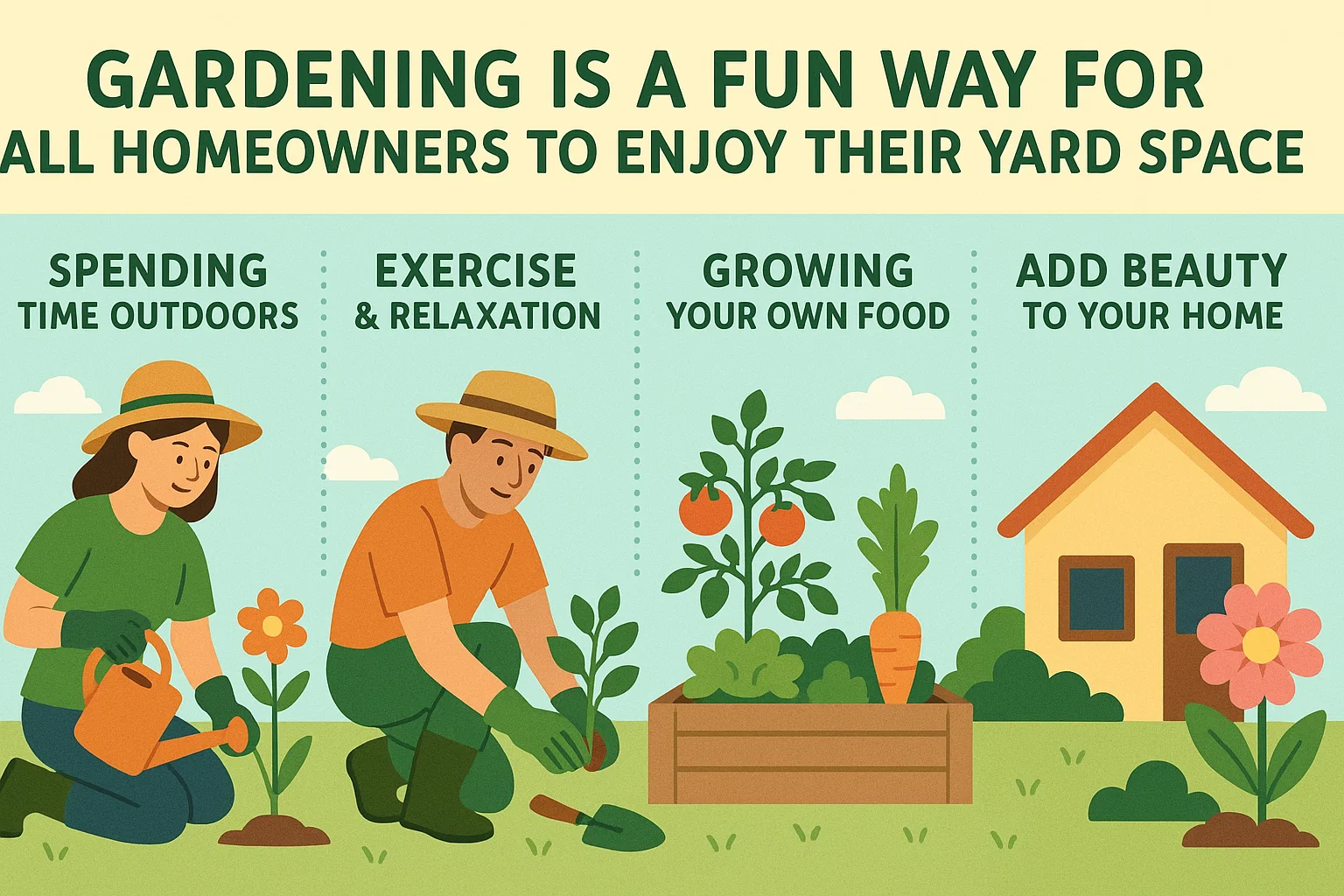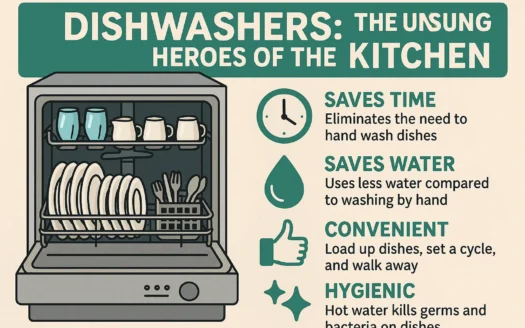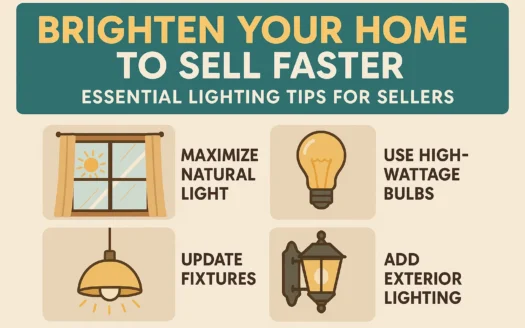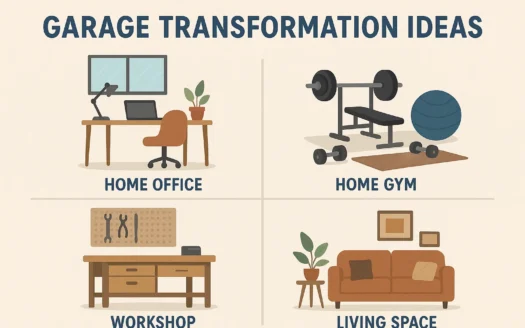Gardening Is a Fun Way for All Homeowners to Enjoy Their Yard Space
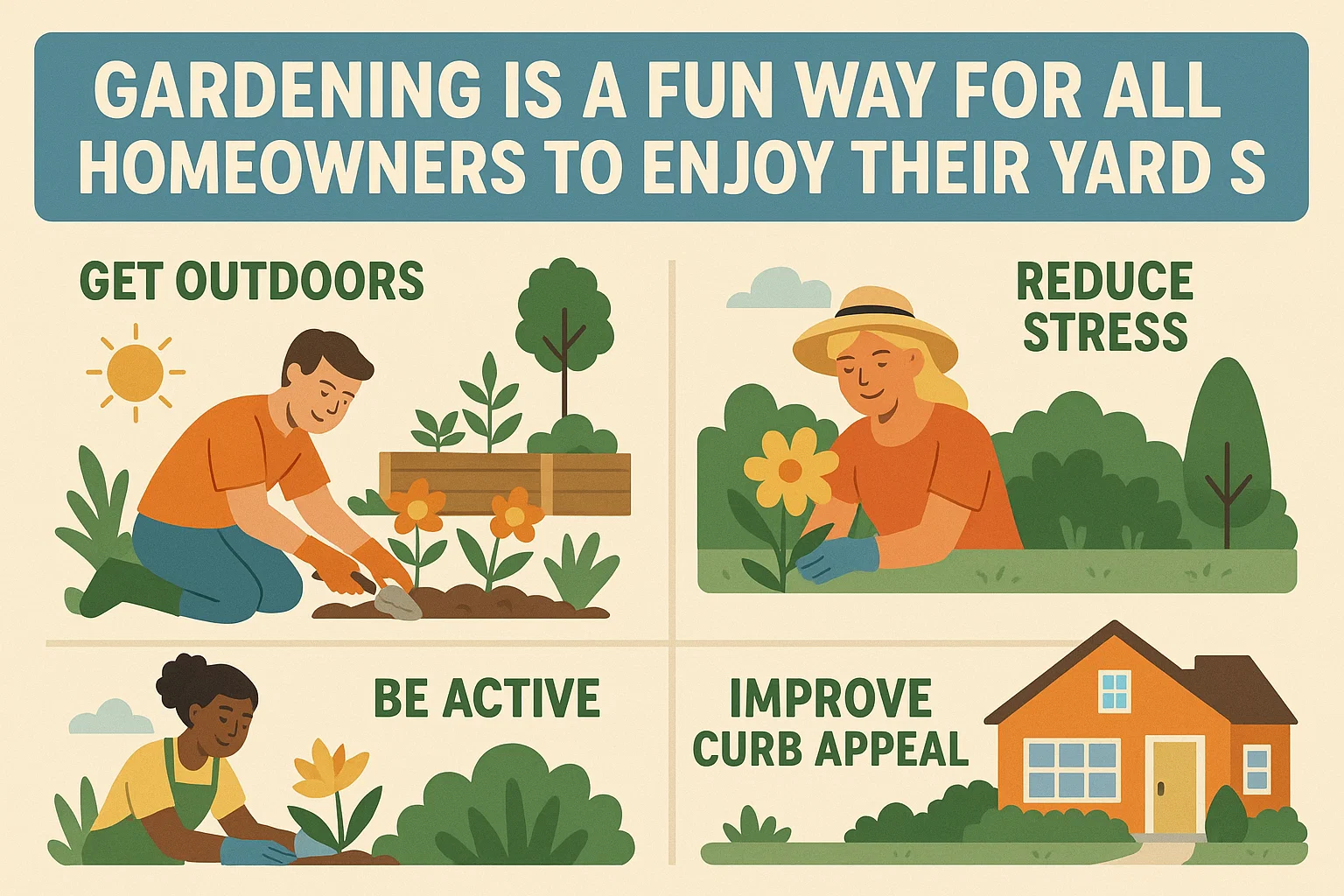
Gardening Is a Fun Way for All Homeowners to Enjoy Their Yard Space
After weeks or months of hauling, unpacking, and organizing, new homebuyers are often excited to spend relaxing time outside in the sunshine preparing their garden for a bright new season. Before breaking ground, homeowners should decide the method for planting their garden. For homes with large yard spaces, the traditional rows planted in the ground may be suitable. For smaller yards or those in areas with unpredictable weather patterns, the convenience of containers may be a better choice. If you are looking for a hybrid option, you might consider a raised garden bed. Here are some of the pros and cons of each planting method to consider as you map out your new garden plans.
In-Ground Garden Rows
Planting crops in the ground may appear to be the simplest and most straightforward method for starting your garden. Seemingly the more traditional form of planting, this method has been used for literally thousands of years. Just scoop up several inches of the soil, remove the weeds, rocks, and debris from other plants, and then fill the area with tilled soil and compost to make it plant-ready. Seems easy, right? Unfortunately, it’s not quite that simple.
Pros
- In-ground garden rows may be the most cost-effective option, especially if your soil is already nutrient-rich.
- They require minimal tools or materials beyond a basic shovel and tiller.
- Flexibility in size and shape allows for easy modifications year-to-year.
- Less frequent watering is needed due to natural water flow through the soil.
Cons
- Soil in colder climates may delay the growing season due to slower thawing.
- Ongoing maintenance is required to combat pests, weeds, and debris.
- Soil compaction and poor drainage may necessitate labor-intensive preparation.
- Nutrient depletion may require costly soil amendments over time.
Container Gardens
For homeowners with smaller outdoor spaces, partial sun, or those who want flexibility, container gardens offer a simple solution. A favorite among herb growers, pots allow plants to thrive individually while adapting to their needs. Creative shelving, hanging containers, and trellises can maximize limited spaces.
Pros
- Low startup costs and minimal maintenance make them ideal for beginners.
- Easy to relocate plants based on sunlight or weather conditions.
- Weed and pest control is simpler due to smaller soil volume.
- Ideal for testing gardening skills with low-risk investments.
Cons
- Frequent watering is required, which can flush out nutrients.
- Soil replacement is often needed each season due to nutrient depletion.
- Container size restrictions may limit plant growth.
Raised Garden Beds
Raised garden beds sit above ground in frames of wood, stone, or brick, holding nutrient-rich soil that blends with the earth below. This hybrid method combines benefits of in-ground and container gardening.
Pros
- Ideal for rocky or clay-heavy soils, offering better growing conditions.
- Longer growing seasons in cold climates with row covers.
- Reduces bending and physical strain during maintenance.
- Minimal tilling required after the first year.
Cons
- High initial labor and cost to build frames and fill with soil.
- Less flexibility to modify size or shape in future seasons.
- Ongoing maintenance is still required, though less than in-ground beds.
Plant Your Garden and Watch It Grow!
Every garden type offers unique benefits and challenges. Evaluate your space, climate, and goals to choose the best method. With time, care, and a bit of effort, your garden will thrive and bring joy throughout the season.
